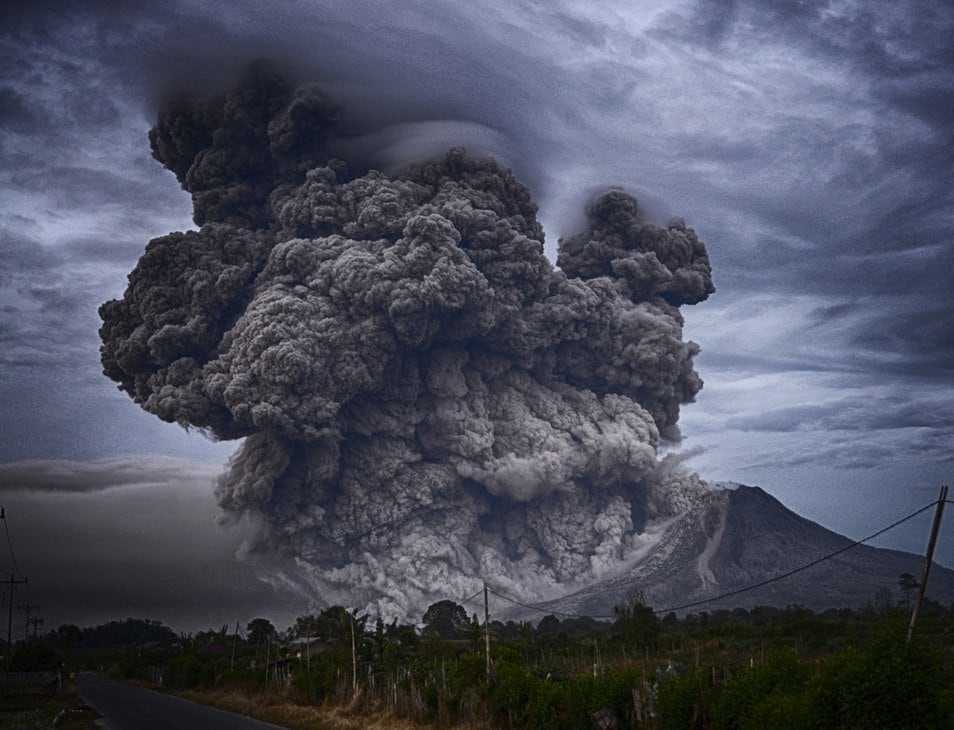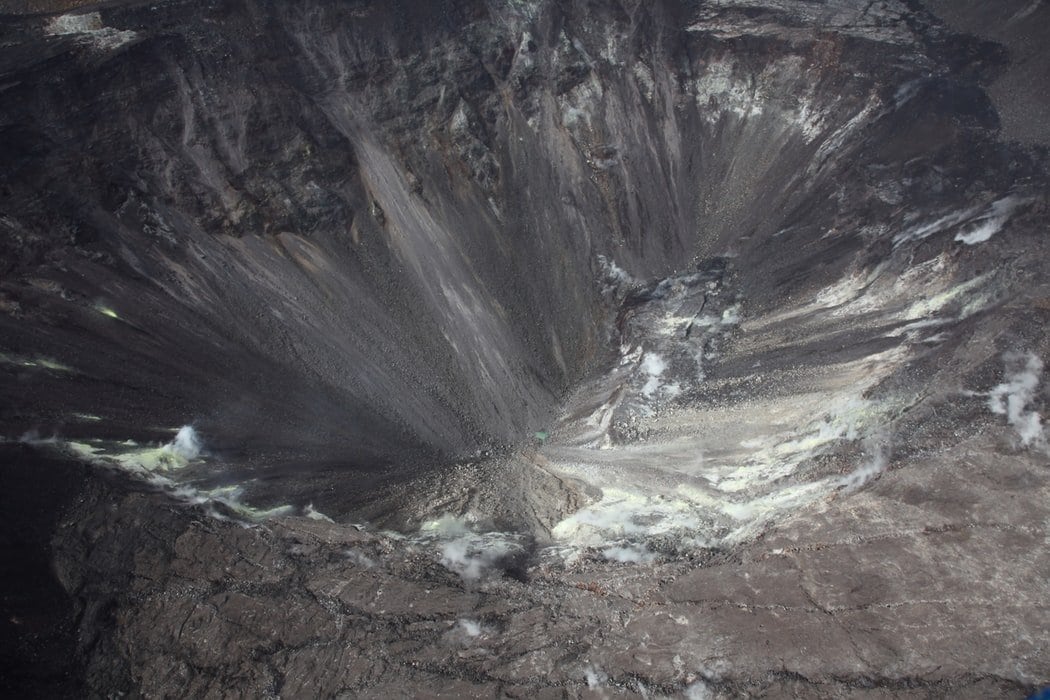Your cart is currently empty!
Philippines Volcanic Eruption Beneficial For Brick Production
Communities destroyed in the blink of an eye. What little remains, buried in ash.
Last week the volcanic island Taal transformed into an ominous blanket of grey as smoke and ash smothered the air. Residents and tourists evacuated, followed by hours of threatening lava spewing over the surface of the Taal Volcano, which resides approximately 60 kilometres south of the capital Manila.
Despite the government’s Philippine Institute of Volcanology and Seismology predicting a far more powerful eruption in the coming days, locals journeyed back to the aftermath. Knee-deep volcanic ash, shops and homes destroyed. Communities clinging onto what little life remained.

Residents in Biñan City are determined to transform the disaster into new life by regenerating the volcanic ash into environmentally friendly structures. What most would consider an abundance of waste from the eruption can actually be used as an effective substitute for cement and implemented globally.
Prior to the Taal Volcano eruption, Biñan used plastics in producing bricks to build facilities and classrooms. Now, the city is exploring the on-going potential of pozzolans, specifically adding volcanic ash to cement to produce not only an environmentally friendlier approach, but a stronger end-product.
According to MIT’s Department of Civil and Environmental Engineering (CEE) Stephanie Chin, cement production takes a lot of energy due to the high temperatures involved and its multistage process, whereas volcanic ash forms under high heat and high pressure but the processing and chemical reactions occur naturally, thus reducing the embodied energy.

This translates into significant energy savings when creating a neighbourhood or city – a process which Biñan is currently benefiting from.
As residents have already witnessed, when the volcanic ash is in contact with water such as from the rain, the fine powder transforms into a thick black sludge resembling a cement-like paste. Due to its natural binding properties, Biñan City Mayor Arman Dimaguila says the city is sweeping the fine volcanic ash into sacks to be salvaged for production and to avoid clogging drainage.
By altering the ratio of volcanic ash, a wide range of end-products can result. Oral Buyukozturk, a professor in MIT’s Department of Civil and Environmental Engineering (CEE) says it’s very flexible and can be customised according to the task at hand. For example, a traffic block may not need as much strength as a high-rise building so it could be produced with much less energy by increasing the amount of volcanic ash in place of cement.
At this stage, Biñan plans to use the ash in the production of bricks that will be used in the construction of a children’s facility.
On a global scale, where volcanic ash is not present, Coal Combustion Products (CCPs) are commonplace. The approach of using one industry’s by-product or waste as another industry’s raw material is evident in the use of fly ash, which is produced at pulverised coal power stations. In many countries, cement and concrete products are the largest market segment for fly ash. With its consistent physical and chemical properties, fly ash is a reliable raw material used in many production processes including as an additive in Portland cement. Possessing similar properties to volcanic ash, when substituting cement, fly ash avoids CO₂ emissions and is beneficial in the production of bricks and concrete blocks primarily used in domestic dwellings and office buildings.
